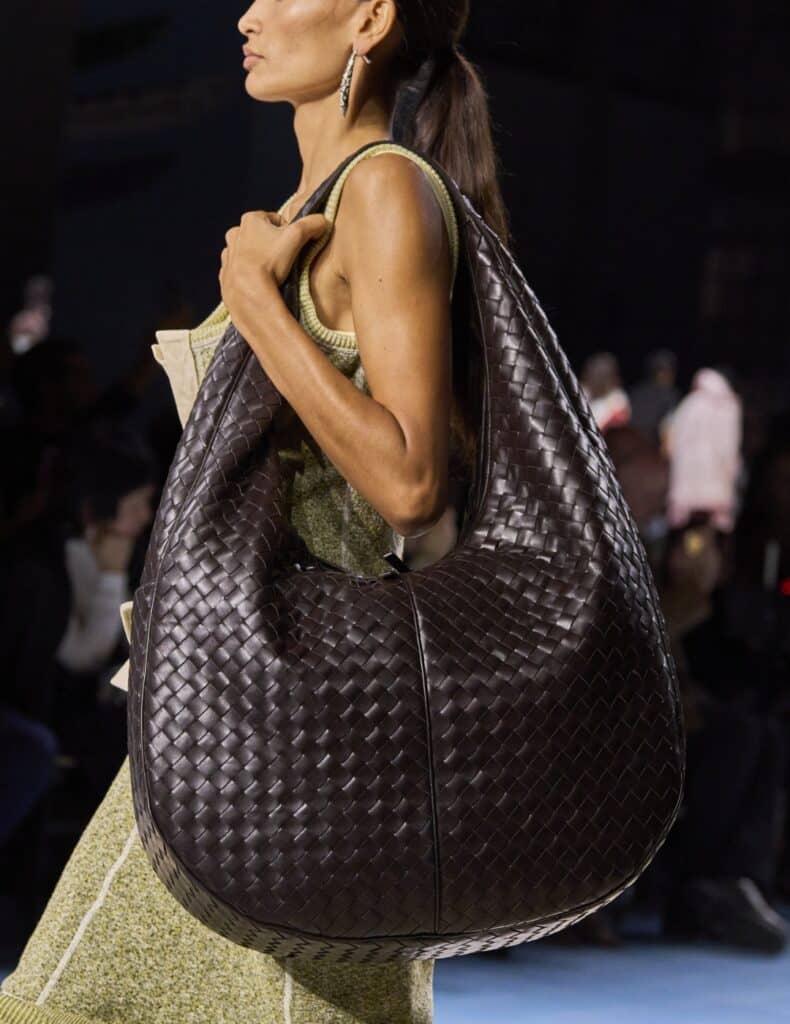Some people say the definition of luck is when opportunity and talent collide.
Luck is all about timing and timing is everything in the fickle world of fashion. So when New Zealander Emilia Wickstead was given the nod to dress Britain’s first lady, Samantha Cameron, in a royal blue maternity dress on election day after an introduction from a friend of a friend, the young designer got her big break and hasn’t looked back. Five years on from that seminal moment, Wickstead has become the it girl of British fashion design. Her most famous client is the Duchess of Cambridge, Kate Middleton, who turned to the designer for her first solo public appearance on St Patrick’s Day 2012. Wickstead’s upbringing sealed her destiny to become a fashion designer. Her mother, Angela Wickstead, ran a successful made-to-measure business in Auckland, where Wickstead was born and raised until the age of 14, when they left for Milan.
Surrounded by the impeccably dressed Milanese, Wickstead had all the inspiration she needed when she left to take up a position at London’s prestigious Central Saint Martins school of design. After a brief stint in New York, where she worked as an assistant at American Vogue, and armed with a loan of NZ$10,000 from her boyfriend (now husband) in 2008 Wickstead, then just 24, took a leap of faith and created her own made-to-measure label. Wickstead recently dressed Diane Kruger for the Golden Globes in a shimmering silver gown that received accolades from the world’s fashion press. Now she has a firm spot on Hollywood’s style radar, expect to see A-listers clad in Emilia Wickstead on every red carpet.
Were you interested in fashion growing up? What is your first fashion memory?
It was just a part of my life – it wasn’t really a question as to whether or not I was interested, but more a part of my day-to-day, I didn’t know anything else. I have memories of sitting in my mother’s store during fittings. I laugh with her now about how relaxed her clientele were to have me sitting in my school uniform watching them at fittings.
Your mother, Angela, is also a fashion designer, what’s the best industry advice she has given you?
Everything I know I have learnt from her. The best gift she could have given me was simply watching her in those fittings – how she balanced garments, how she altered garments, quality control, learning the good and the bad of fabric qualities, the good and the bad of sewing and pattern making. Her expertise is so extensive and I have been lucky enough to have been exposed to each part of it.
How did you come to land a job at US Vogue and did that experience help you develop as a designer?
I emailed and they called me in for an interview. I didn’t know anyone at the magazine. Vogue gave me insight into how a photo shoot works how stylists work, how to choose looks and how looks and trends are created.
The use of clear, clean, yet bold colour is one of your signatures. Why do you love colour so much?
I believe strongly that dressing should be fun and a daily pleasure, rather than reserved simply for ‘special occasions’. Colour plays a big part in that.
What are your tips for choosing colour, particularly when colour blocking or dressing in just one shade?
It’s important to try on plenty of different colours and think about what you feel most comfortable wearing. If you’re not comfortable, then you won’t wear it half as well.
There is a vintage 1940s early 1950s look to your designs. Are you inspired by different eras and who or what is currently influencing your work?
I always look to old world fashion and couture for inspiration. I’ll come across something that I have never seen before, which then triggers so many other ideas.
I visualise how I can take all of what influences me from another time and place and I imagine it in today’s lifestyle.
This is essential; it creates the fun in clothes and keeps me excited when approaching a new season. Timeless silhouettes are so important to the way I design and they work to initially inspire me.

Tell us about your new store, that must be exciting for you?
We moved from our first location on Cadogan Place, after five years, to Sloane Street last year.
Although it isn’t a big distance geographically, it was a huge milestone for us. We’ve kept the salon-style environment, where we offer a refreshing, unique approach.
Describe an Emilia Wickstead customer. What are they looking for or looking to convey when wearing your designs?
My designs are inherently feminine and this quite simply means feeling confident and beautiful in anything and everything you wear.
Do you still consider yourself a New Zealander? How often do you return and what do you like to do when you are in New Zealand?
I am 100 per cent a Kiwi girl at heart. I come back every year and my most important priority is to spend time with friends and family, and to be part of the culture. New Zealand is wonderful, idyllic and unlike any other place in the world.
Do you have plans to expand your brand? Do you see yourself going for global domination like Tom Ford or Tory Burch?
I do have dreams to expand the brand but still keep it very close to my brand’s ethos.











